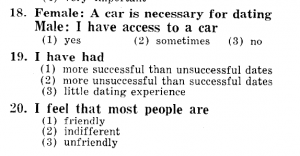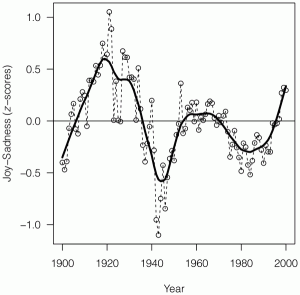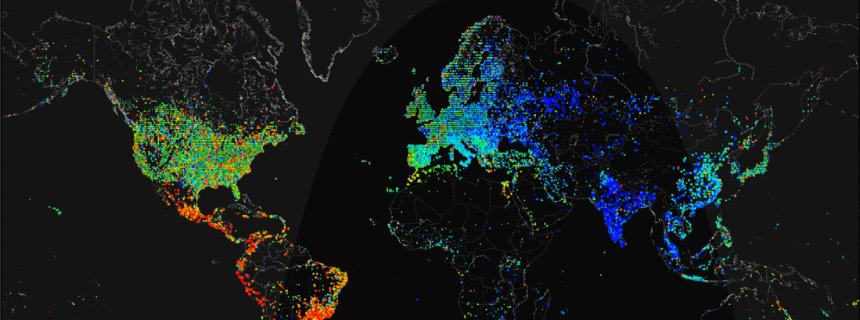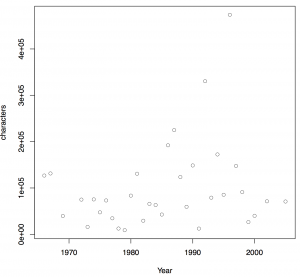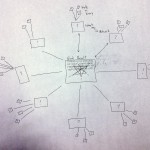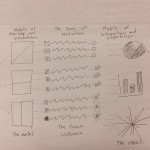Robert Darnton has written an essay about the launch of the Digital Public Library of America that everyone should read. A great writer and a historian he provides a historical context and a contemporary context. He quotes from the original mission statement to show the ambition,
“an open, distributed network of comprehensive online resources that would draw on the nation’s living heritage from libraries, universities, archives, and museums in order to educate, inform, and empower everyone in the current and future generations.”
The essay, The National Digital Public Library Is Launched! by Robert Darnton is in the New York Review of Books. A lot of it talks about what Harvard is contributing (Darnton is the University Librarian there), which is OK as it is good to see leadership.
He also mentions that Daniel Cohen is the new executive director. Bravo! Great choice!
